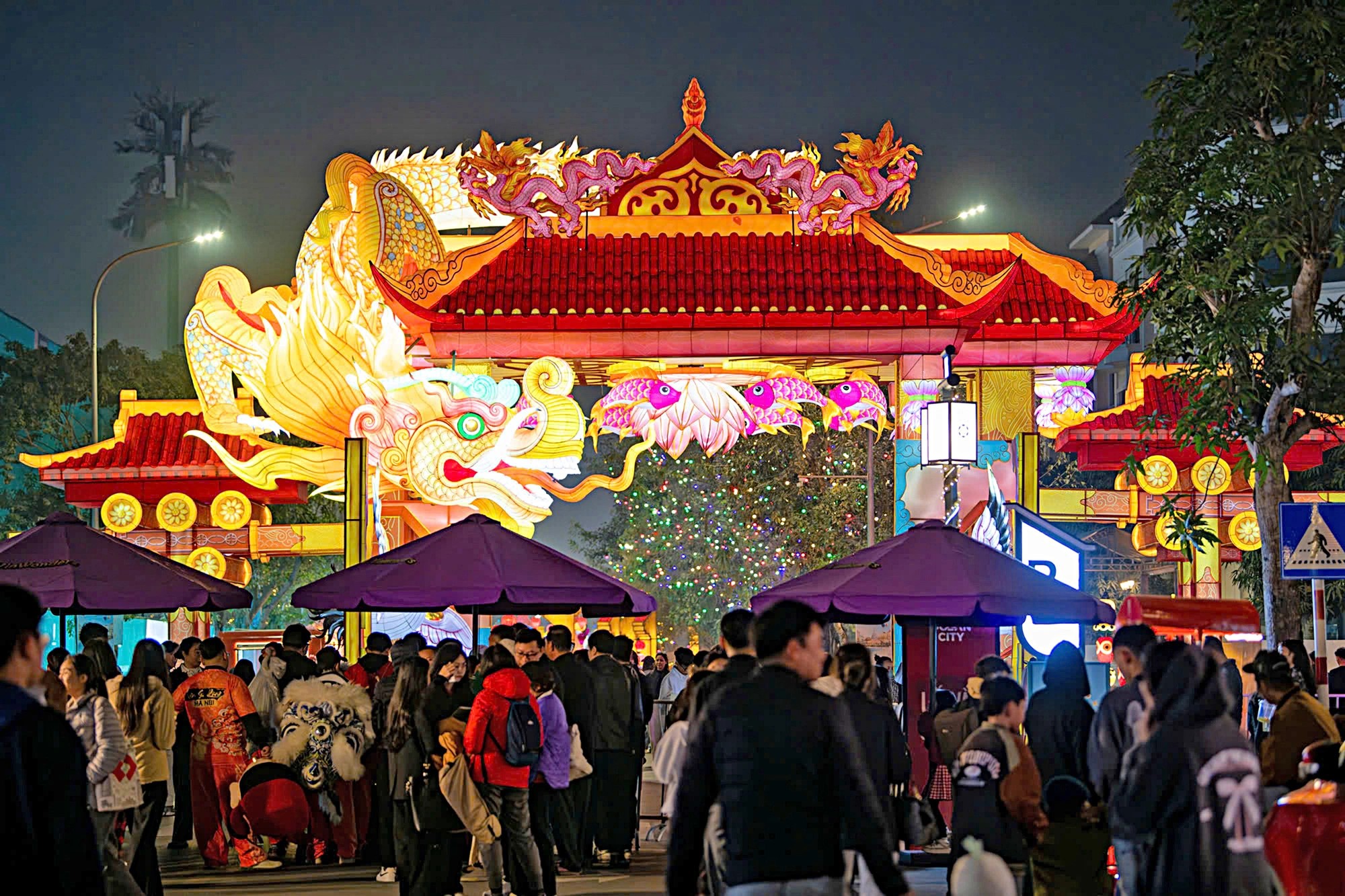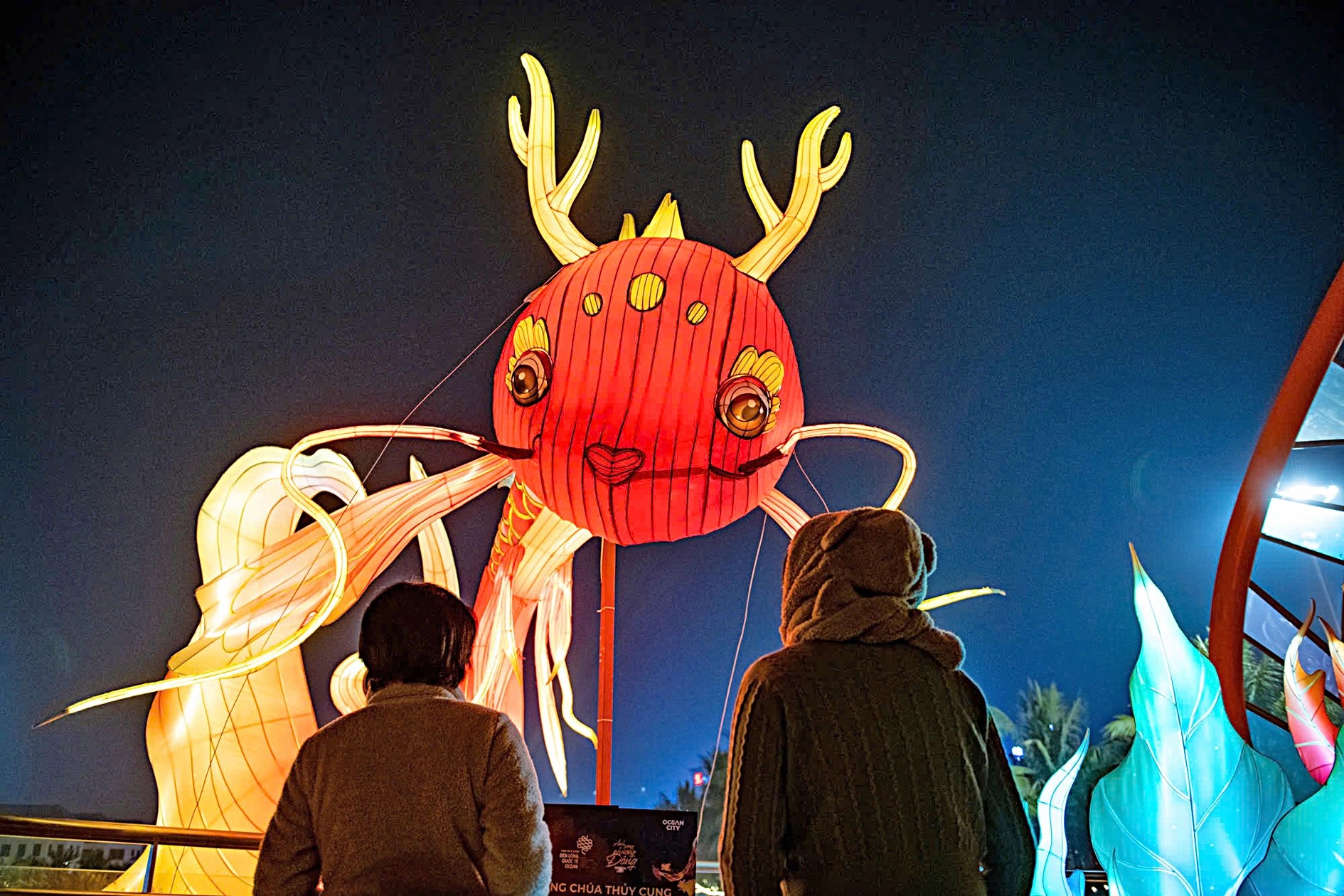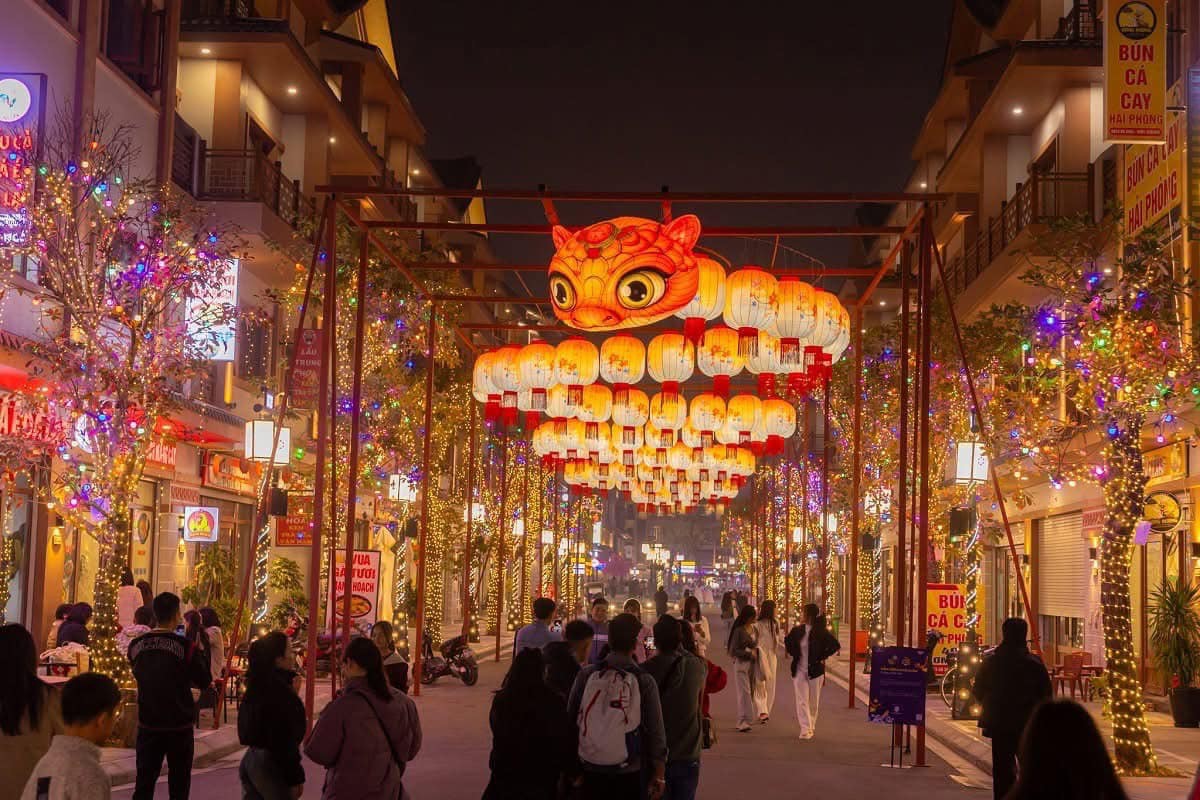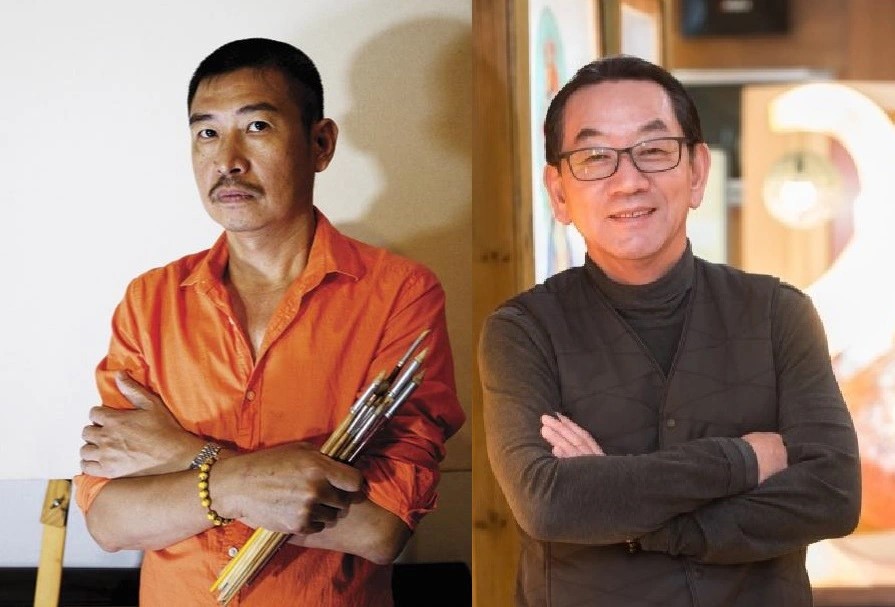The Eastern Light Festival has drawn millions of visitors since it opened in Hanoi.
Lasting for 58 days until March 16, the event is more than just entertainment -- it is a cultural experience that is paving the way for Vietnam’s creative economy to explore new frontiers.
The power of ancient myth
The Eastern Light Festival is organized in collaboration with Shanghai YuYuan Huadeng Culture And Creativity Group, a subsidiary of Fosun International, which owns the Yuyuan Garden Festival, a UNESCO Intangible Cultural Heritage of Humanity.
Notably, the lanterns on display at the festival blend imagery from the 2,000-year-old ancient Chinese text Shan Hai Jing (The Classic of Mountains and Seas) and Linh Nam Chich Quai (The Extraordinary Tales of Linh Nam), a renowned Vietnamese medieval literary work which documents myths from the Hong Bang Era to the Tran Dynasty.
Linh Nam Chich Quai is a seminal collection of Vietnamese medieval folklore, myths, and legends compiled during the 14th century.
The text documents supernatural tales, historical anecdotes, and legendary figures that shaped Vietnam’s cultural identity and national consciousness.
Mythical creatures such as a carp which transforms into a dragon, a white dragon, a golden turtle, and the wood spirit come to life at the festival in the form of colossal lanterns, creating a mesmerizing, ethereal spectacle that fascinates both children and adults.
|
|
| The artwork 'Princess of the Underwater Palace' at the Eastern Light Festival. Photo: Nam Tran / Tuoi Tre |
Beyond cultural appreciation, the event showcases immense economic potential.
China has cultivated a thriving lantern culture industry for decades, with the Yuyuan Garden Lantern Festival attracting millions of tourists annually.
The festival's economic value surged after UNESCO recognized it as intangible cultural heritage.
According to Seo Young Soo, chairman of the Jinju Cultural and Arts Association in South Korea, China leads the world in the lantern culture industry, exporting its lantern artistry worldwide.
Since its inception in 1995, the Yuyuan Garden Lantern Festival has evolved into a global event, drawing around eight million visitors annually. Last year alone, over 700,000 visitors attended within just a few days of the Lunar New Year celebrations and millions more visited in the following days.
Breaking stereotypes
According to artist Le Thiet Cuong, Vietnam has the potential to develop its own lantern culture industry based on three key elements: tradition, Vietnamese storytelling, and indigenous craftsmanship.
“We need to break away from the traditional notion that lanterns must be round with tassels. Instead we must experiment with innovative designs,” he said.
Cuong’s own lantern, named Dong Song Bay (The Flying River), integrates traditional woven bamboo with modern LED lighting, resulting in a masterpiece that embodies both heritage and creativity.
Vietnam is home to two major lantern-making hubs: Hoi An in Quang Nam Province and Tuyen Quang in the northern mountainous region.
However, to compete internationally, a well-defined development strategy is essential.
The first steps of such a strategy might include expanding large-scale lantern festivals, creating dedicated spaces for artisans, and broadening the export market.
Cuong suggested that to make an impact in the global market, Vietnam should embrace design innovation and incorporate technology into lantern production.
Using recycled materials and integrating modern lighting technology would make Vietnamese lanterns more appealing to international consumers.
|
|
| A lantern named 'Pink Snake Welcoming Spring' at Ocean City |
Innovating lantern culture
According to Seo, developing a cultural industry requires attracting young audiences.
In South Korea, for example, lantern festivals feature interactive entertainment zones, guest DJ performances, and modern art exhibitions, creating a space where traditional culture merges with contemporary lifestyles.
Similarly, the Yuyuan Garden Lantern Festival in China refreshes its theme and mythical creatures every year, ensuring a dynamic and engaging experience for visitors.
South Korea’s Yeon Deung Hoe Festival, one of the country’s largest lantern festivals, once struggled to attract younger audiences.
To address this, organizers designed specific areas for different visitor groups, hosted music events, and incorporated modern art exhibitions.
As a result, attendance skyrocketed, reaching 3.28 million visitors last year.
With a rich source of inspiration from folklore and legends, Vietnam has the potential to become a creative industry hub with distinctive cultural products.
Hosting an international-scale festival would not only honor Vietnam’s lantern-making artistry but also lay the groundwork for the sustainable development of the country’s creative economy.
According to Seo, South Korea spent nearly a decade researching strategies to attract tourists through lantern festivals.
Today, the challenge is no longer attracting visitors but managing the crowds.
|
|
| From left: Artist Le Thiet Cuong and Seo Young Soo in a supplied photo |
Like us on Facebook or follow us on X to get the latest news about Vietnam!





















































